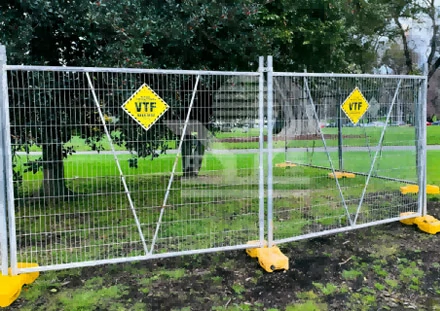Understanding the Construction Chain Link Fence
In today's world, security, durability, and aesthetic appeal are paramount for both residential and commercial properties. One of the most practical and widely used fencing solutions is the chain link fence. Its construction involves a systematic process that ensures reliability and effectiveness, making it a popular choice among property owners.
What is a Chain Link Fence?
A chain link fence is an arrangement of metal wires that are woven together, forming a diamond pattern. Typically made from galvanized steel, the materials used can also be coated with vinyl to enhance durability and improve aesthetic appeal. These fences can vary in height, making them suitable for various applications—from enclosing residential backyards to securing expansive industrial properties.
Components of a Chain Link Fence
The construction of a chain link fence consists of several key components. The main parts include
1. Chain Link Fabric This is the mesh material that provides the primary enclosure of the fence. The gauge of the wire can vary, influencing the strength and durability of the fence.
2. Posts Vertical posts are installed at the corners and along the perimeter of the fence. They serve as the main support structure and are typically made from sturdy materials such as steel or aluminum.
3. Top Rails A horizontal pipe that runs along the top of the chain link fabric, providing extra stability and ensuring that the fabric remains taut.
4. Bottom Rails or Tension Wire While not necessary for all chain link fences, a bottom rail or tension wire can help keep the fabric firmly anchored in place.
5. Gate Hardware For entry points, gates are incorporated into the fence design. These typically include gate posts, latches, and hinges to ensure functionality and security.
construction chain link fence

The Construction Process
Building a chain link fence involves a series of steps that must be thoughtfully executed to ensure a successful installation
1. Planning and Measurement Before any construction begins, it is essential to outline the dimensions and layout of the fence. Accurate measurements help in determining the quantity of materials needed and ensure the fence will serve its intended purpose.
2. Setting the Posts The first step in the physical construction is to install posts. Holes are dug at calculated intervals, and the posts are set into concrete to provide a solid foundation. It’s crucial that the posts are aligned correctly for the fence to be straight.
3. Attaching the Top Rail After the posts are firmly set, the top rail is attached to connect the posts. This adds structural support and helps to keep the chain link fabric taut.
4. Installing the Chain Link Fabric Once the framework is complete, the chain link fabric is rolled out and attached to the posts using tension bands. This step requires careful handling to ensure that the fabric is pulled tight, preventing sagging.
5. Finishing Touches Finally, gates are installed, and any additional features, such as privacy slats or windscreen materials, are added. The fence is visually inspected to ensure that it meets the desired standards.
Benefits of Chain Link Fences
The advantages of chain link fences are numerous. They are cost-effective, quick to install, and require little maintenance. While they offer security and visibility, they can also be customized with various coatings and enhancements to suit different aesthetic preferences. Furthermore, chain link fences are versatile and can be used in a plethora of applications, from backyards to sports fields and industrial sites.
Conclusion
In summary, chain link fences are an excellent choice for individuals and businesses seeking a reliable and economical solution for fencing needs. Their construction involves carefully planned steps and components designed for strength and longevity. Whether for safety, security, or boundary definition, chain link fences have proven to be an invaluable asset in the construction industry.
-
The Best Metal Mesh Solutions: Expanded Aluminum Metal vs. Expanded Stainless Steel Metal
NewsSep.10,2024
-
Round Perforated Sheets vs. Hexagonal Perforated Sheets vs. Embossed Perforated Sheet Metal
NewsSep.10,2024
-
Perforated Metal Sheets
NewsSep.10,2024
-
Experience The Excellence Of Stainless Steel Grating
NewsSep.10,2024
-
Discover the Versatility Of Metal Mesh Expanded Forming Machines
NewsSep.10,2024
-
Discover The Advantages Of Steel Grating For Sale
NewsSep.10,2024
Subscribe now!
Stay up to date with the latest on Fry Steeland industry news.

